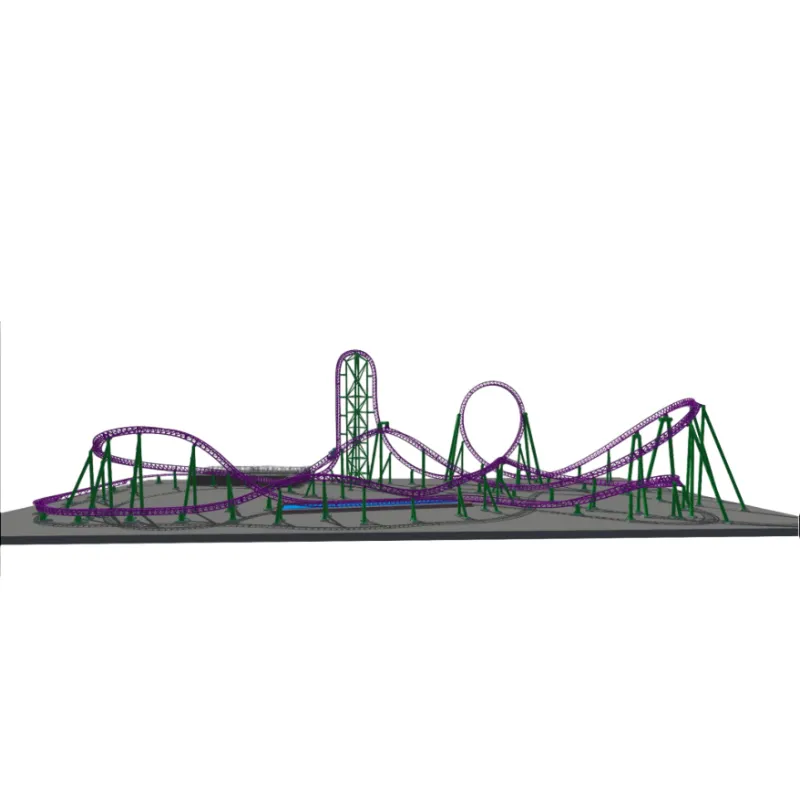- Albanian
- Arabic
- Belarusian
- Bengali
- Czech
- English
- French
- German
- Hebrew
- Hungarian
- Indonesian
- irish
- Italian
- Japanese
- kazakh
- Persian
- Russian
- Thai
- Uzbek
- Vietnamese
ferris wheel cost
The Cost of Operating a Ferris Wheel A Deep Dive
Ferris wheels are among the most iconic and visually appealing attractions found in amusement parks, fairs, and entertainment complexes around the world. They provide thrilling views and a unique experience that appeals to both thrill-seekers and families. However, behind the glittering lights and the joy of riders lies a complex financial structure that defines the cost of operating a Ferris wheel. This article explores the various components that contribute to the overall expense of running a Ferris wheel and how these impact business viability.
The Initial Investment
The first and most apparent cost associated with a Ferris wheel is the initial investment. Depending on the size, design, and technology used, a new Ferris wheel can range from hundreds of thousands to several million dollars. Smaller, portable Ferris wheels intended for fairs or seasonal events typically start around $100,000-$300,000, while larger, permanent installations can easily exceed $10 million.
Beyond the wheel itself, developers need to consider land acquisition costs, site preparation, and the necessary permits and licenses. In popular urban areas, these expenses can skyrocket, making it vital for business owners to conduct thorough market research and financial analysis before committing to such an investment.
Maintenance and Operations
Once installed, a Ferris wheel requires regular maintenance and operational oversight. Mechanical upkeep is crucial for safety and reliability. Daily checks, scheduled maintenance, and repairs can add up to thousands of dollars annually, depending on the wheel’s usage and age. For instance, lubrication of moving parts, inspections of the structural integrity, and replacement of worn components are essential to prevent any unexpected breakdowns.
Operational costs also encompass staffing requirements. Trained operators need to be available, especially during peak hours, to ensure safety and offer assistance to riders. This brings about additional salaries, benefits, and training costs that need to be factored into the overall budget.
Utility Costs
ferris wheel cost

Ferris wheels, especially larger ones, require significant energy to operate. The cost of utilities, which includes electricity for lighting and the motor that powers the wheel, should not be overlooked. On average, a full-sized Ferris wheel can consume between 50 to 100 kilowatts of power per hour. This translates to hundreds of dollars in monthly energy bills, which can vary based on location, operational hours, and local electricity rates.
Marketing and Promotion
In a competitive environment, attracting riders is essential for profitability. Marketing costs can range from social media advertising to traditional media outlets. Collaborating with local businesses for joint promotions or discounts can drive ticket sales but may also incur additional costs.
Moreover, creating a brand identity and ensuring optimal signage and visibility at the location are crucial marketing strategies that also require funding. The landing page of a well-structured website, mobile app development, and promotional events are all part of this expenditure.
Revenue Generation
Despite the substantial costs incurred, Ferris wheels can be lucrative. Ticket sales, merchandise, and food concessions can generate significant revenue. Pricing strategies play a key role in maximizing profits; for instance, dues can be structured for family packages or special rides during off-peak hours.
Additionally, a Ferris wheel can capitalize on partnerships with local businesses and events, offering sponsorship opportunities or becoming part of larger entertainment offerings. Special night rides or themed events can also attract more customers willing to pay a premium for unique experiences.
Conclusion
Operating a Ferris wheel involves navigating a web of costs that begin with the initial investment and extend to ongoing maintenance, utilities, and marketing. While the expenses are substantial, with careful planning and execution, a Ferris wheel can become a beloved attraction that not only draws visitors but also contributes significantly to the financial success of an amusement venue. By understanding and managing these costs effectively, operators can ensure that the joy of riding a Ferris wheel is enjoyed for generations to come.
-
Flume Ride-Hebei Zhipao Amusement Equipment Manufacturing Co., Ltd.|Thrilling Water Attraction&Customizable DesignJul.30,2025
-
Flume Ride - Hebei Zhipao Amusement Equipment | Water Coaster, Thrilling DescentJul.30,2025
-
Flume Ride - Hebei Zhipao | Thrilling Water AttractionJul.30,2025
-
Flume Ride: Thrilling Water Attraction by Hebei Zhipao|Log Flume Manufacturers&Flume Ride DesignJul.30,2025
-
Flume Ride-Hebei Zhipao Amusement Equipment Manufacturing Co., Ltd.|Thrilling Water Coaster, Safe DesignJul.30,2025
-
Flume Ride-Hebei Zhipao Amusement Equipment Manufacturing Co., Ltd.|Thrilling Water Attraction, Safe DesignJul.30,2025
